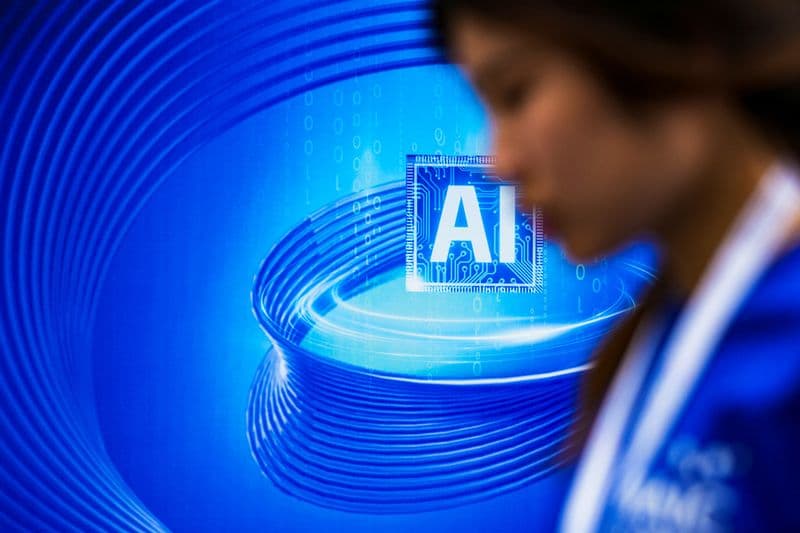China's AI industry has reached a point where its leading models now perform at around 90% of US levels, despite significantly lower costs.
China’s artificial intelligence industry has reached a milestone where its top models now perform at about 90% of U.S. levels, despite much lower spending, according to analysts at Jefferies in a recent note.
The study found that from 2023 to 2025, combined capital expenditure by Chinese hyperscalers, including Alibaba, Baidu, Tencent and Bytedance, totaled US$124 billion, which is 82% lower than the $694 billion spent by U.S. peers such as AWS, Microsoft, Google and Meta.
Yet the performance of China’s leading model, MiniMax M2, reached 90% of GPT-5 Codex high, the most advanced U.S. model at the time.
Jefferies said the performance gap between top frontier models from both countries has “rapidly narrowed,” attributing this to China’s focus on model efficiency rather than raw computational scale.
Chinese AI firms emphasize architecture innovations such as mixture-of-experts structures and inference optimization, which allow them to achieve similar results using fewer resources.
Open-source models have become a key strength. Artificial Analysis data cited by Jefferies showed that Chinese open-source frontier models already surpassed their U.S. counterparts in performance.
For example, MiniMax M2 recorded 106% of the score of GPT-OSS-120B, the leading open-source model from the United States.
The brokerage noted that while U.S. companies continue to expand AI spending in pursuit of artificial general intelligence, China’s firms are prioritizing return on investment and compute efficiency.
Jefferies said China’s AI capital expenditure between 2025 and 2030 is projected to rise by 8% to $884 billion, even as the country’s AI models achieve results close to U.S. systems using far less hardware.
Chinese firms’ emphasis on efficient architectures has also lowered usage costs. DeepSeek, for instance, cut its API prices by 62% in late 2025 following gains in training and inference efficiency, helping make China’s AI API pricing the lowest in the world.
Jefferies added that while the United States still leads in performance, China’s AI sector demonstrates “much more efficient” investment, achieving nearly equivalent intelligence scores with a fraction of the capital expenditure, an advantage that could support faster adoption and stronger long-term returns on AI infrastructure.
